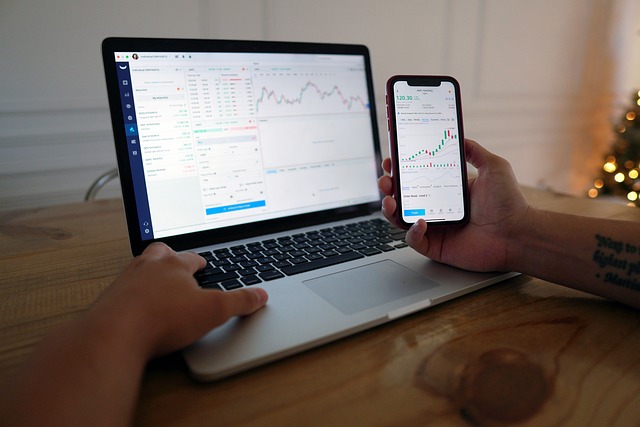Risk Management: Safeguarding Your Capital in Forex Trading

Forex trading offers the potential for significant financial rewards, but it comes with its risks. The allure of quick profits can sometimes lead traders down a dangerous path. That’s where risk management comes into play. There are many of the best options trading platform australia available where traders can learn and practice their skills. In this article, we’ll explore the vital concept of risk management in Forex trading, helping you confidently safeguard your capital and trade in a friendly and informative tone.
Understanding the Forex Risk Landscape
Before we delve into risk management strategies, it’s crucial to understand the risks involved in Forex trading:
- Market Risk: This is the risk of losing capital due to unfavorable price movements in currency pairs. The Forex market is highly volatile, and prices can change rapidly.
- Leverage Risk: Leverage allows traders to control a larger position with a relatively small amount of capital. While this can magnify profits, it also magnifies losses.
- Psychological Risk: Emotions can lead to impulsive trading decisions. Fear, greed, and overconfidence can all impact your ability to manage risk effectively.
- Counterparty Risk: This relates to the risk of the broker or financial institution you’re trading with going bankrupt or becoming insolvent.
Risk Management Strategies
Effective risk management is the cornerstone of a successful Forex trading career. Here are some strategies to help safeguard your capital:
- Set a Stop-Loss Order: A stop-loss order is an order that automatically closes your trade at a predetermined level if the market moves against you. It limits potential losses.
- Define Your Risk Tolerance: Determine how much of your capital you’re willing to risk on a single trade. A common guideline is to risk at most 1-2 % of your trading capital on a single trade.
- Use Take-Profit Orders: A take-profit order is the opposite of a stop-loss order. It automatically closes your trade when it reaches a specified profit level, helping you lock in gains.
- Diversify Your Portfolio: Don’t put all your capital into a single trade or currency pair. Diversification can help spread risk.
- Understand Position Sizing: Calculate your position size based on your stop-loss level and risk tolerance. This ensures you’re not risking more than you can afford to lose.
- Use Proper Leverage: While leverage can be a powerful tool, it should be used with caution. It’s often best for beginners to use low or no leverage to minimize risk.
In Conclusion
In Forex trading, risk management is not just an option; it’s a necessity. By implementing proper risk management strategies, you can protect your capital, reduce emotional stress, and position yourself for long-term success in the dynamic world of Forex. Remember, the goal is not just to make profits but to safeguard your financial well-being as well. Aside from the strategies mentioned above, it’s also essential to continuously educate yourself on risk management techniques and stay disciplined in your trading approach. With a comprehensive understanding of risk management, you can confidently navigate the Forex market and achieve your financial goals.



